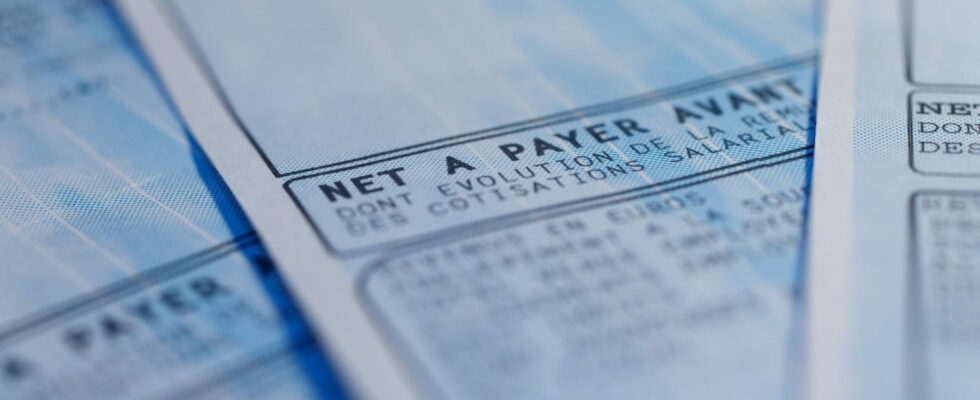Fewer and fewer French people think about reading their pay slip carefully.
It is a document that we rarely look at. Or even more at all. With administrative dematerialization, many pay slips are no longer received or given to employees in paper form. Only a digital version is sent to them, by e-mail or via an online mailbox, which allows these supporting documents to be kept secure for a long time. However, digitization means paying much less attention to this essential document.
Complex to read, the pay slip requires attention. With its twenty lines and various mentions, it is not easy to find your way around. However, on the latest bulletins received, one line in particular must be carefully checked by thousands of French people: it impacts the net salary and, if an error has occurred, this could have some financial consequences in a few months.
At the end of September – or beginning of October – employees received their traditional payslip, the first of the start of the school year. Most had the same reflex: look directly down at a particular mention, the one that interests them the most: “net amount to pay”. However, it is not only on this line that we needed to focus. Another required real verification.
On the September pay as on that of October which falls at the end of the month or at the beginning of November, attention must first be paid to the line: “Income tax deducted”, and, more particularly , in the “Rate” column relating to this mention. Indeed, between the August and September bulletins, this varied for millions of French people. This follows the tax return sent to the tax office in the spring. But you must check that the rate indicated corresponds to that calculated by the tax authorities. As it is the DGFiP which sends this element to employers, there is generally no error. However, it is better to check the difference between the rate displayed on the August payroll and that present on those for September and October because a difference could have an effect on your budget at the end of the year.
What would the consequences be? To ensure that everything is in agreement, you must go to your personal tax space and check the withholding tax rate indicated by the DGFiP. If this is not the right one (regardless of any action on your part), this could have consequences in a few months: if it is too low, the taxes to pay next year will be higher; if it is too high, the tax authorities will reimburse you for the overpayment. It is therefore better to contact the tax authorities for greater ease.

